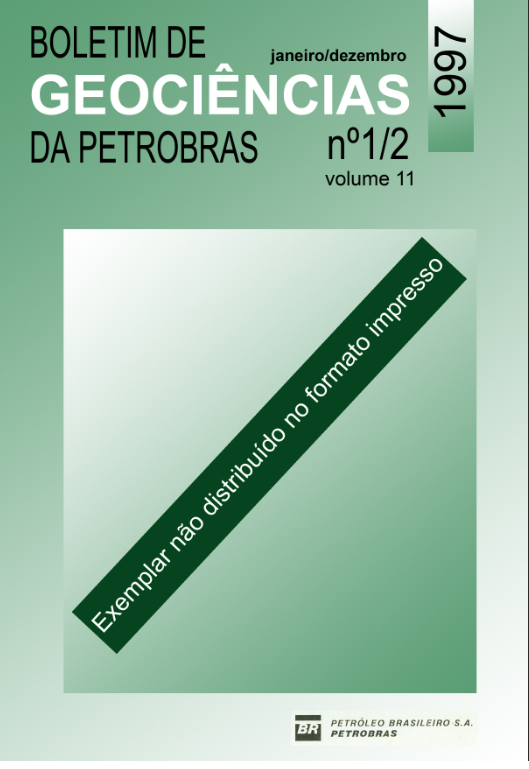Practical aspects related to the procedure for generating synthetic log curves by regression
Abstract
The use of regression methods to estimate petrophysical properties using the log curves as independent variables, is a routine procedure in many E&P sectors of the oil industry. Since the logging tools are designed to record variations in porosity, fluid type and lithology, it can be supposed that any log curve can be considered a function of any other, measured for the same samples. To guarantee result quality, some specific tests must be carried out in parallel with the statistical analysis of the results, including the checking of the goodness of fit coefficient, the significance of the correlation and regression, as well as the occurrence of outliers. Well logs from the Brazilian continental shelf were used to illustrate some of the possible applications of synthetic curves of sonic logs, obtained by regression, such as in porosity and integrated transit time calculations and for the generation of synthetic seismograms. A routine is proposed with the aim of validating the estimation process and quantitatively checking the calculated curves.
Downloads
Published
Issue
Section
License
This license enables reusers to distribute, remix, adapt, and build upon the material in any medium or format, so long as attribution is given to the creator. The license allows for commercial use.



